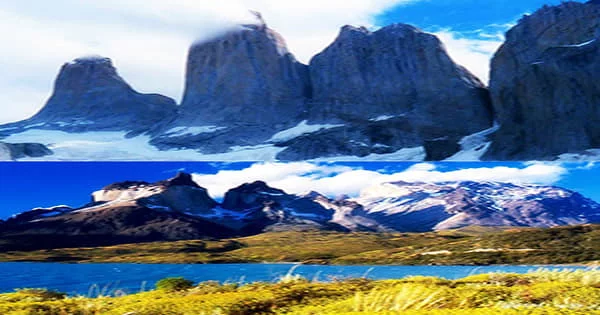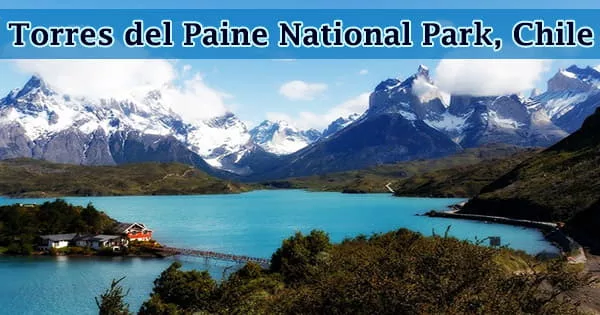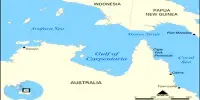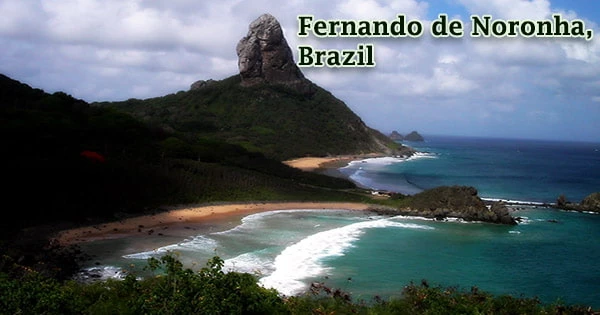Torres del Paine National Park (Spanish: Parque Nacional Torres del Paine) is a 448,284-acre national park in Chile’s Magallanes region, some 50 miles from the nearest city, Puerto Natales. Driving, trekking, horseback riding, and rowing in inclement weather are all required to properly appreciate this rough and magnificent region. The park’s highlight is the Cordillera del Paine. It is located between the Magellanic subpolar woods and the Patagonian Steppes in a transition zone.
Four of the protected areas are national parks, the largest of which, Torres del Paine, covers 700.43 square miles (1,814.1 square kilometers). The park lies 312 kilometers (194 miles) north of Punta Arenas and 112 kilometers (70 miles) north of Puerto Natales. In Argentine territory, the park is bordered to the west by Bernardo O’Higgins National Park and to the north by Los Glaciares National Park. Paine is pronounced PIE-nay and means “blue” in the original Tehuelche (Aonikenk) language, while Torres means “towers.”
UNESCO designated Torres del Paine National Park as a biosphere reserve in 1978, and it is widely regarded as one of the most beautiful, distinctive, and unpolluted locations on the globe. It covered around 181,414 hectares in 2013. It is one of Chile’s largest and most popular parks. The park receives about 252,000 visitors each year, with 54 percent of them being international tourists from various nations across the world. It’s also part of the tourist-friendly End of the World Route.

Bernardo O’Higgins National Park is located to the north, while the Argentine Los Glaciares National Park is located to the north. The hottest months in Torres del Paine National Park are October through April, with temperatures seldom exceeding 68°F. It’s a land of lakes, rivers, waterfalls, glaciers, forests, and great wildlife, making it an exciting destination for wildlife enthusiasts and adventure sports enthusiasts alike. Every year, over 250,000 visitors visit Torres del Paine National Park to view the park’s magnificent natural treasures, which include glaciers, woods, and lakes, as well as the breathtaking mountain range.
The park is one of the Magallanes Region’s and Chilean Antarctica’s 11 protected places (together with four national parks, three national reserves, and three national monuments). Protected wooded areas account for roughly 51% of the region’s total land area (6,728,744 hectares). The Paine mountain range lies in the heart of the park, and it is here that the magnificent Torres del Paine is formed by three spectacular granite summits lining up in a row. Torres d’Agostini, Torres Central, and Torres Monzino are the three peaks, each reaching a height of over 8,200 feet (2,500 m).
The park was formerly titled Grey Lake National Tourism Park in 1959 until being renamed in 1970. A visitor set a fire in 1985, which destroyed 150 km2 (58 sq mi) of the park. The fire burned in the east and south sides of Lake Pehoé. Torres del Paine National Park is recognized for being a hiker’s dream. Its most renowned hike is a strenuous 31-mile trek across the park’s valleys to view the park’s most iconic attractions.
Strong winds are a common occurrence in the park. November-January are the windiest months, which also happen to be the busiest tourist months. Lakes and glaciers abound in the adjacent valley scenery. The most notable lakes are Grey, Pehoe, Nordenskiold, and Sarmiento, with Grey, Pingo, and Tyndall acting as the most major glaciers. The main river that runs through the national park is the Paine River.
The park has a huge drainage system that includes several rivers, streams, lakes, ponds, and cascades that originate in the Southern Patagonia Ice Field and flow southeast to the llasta Esperanza Sound, which bathes the city of Puerto Natales’ beaches. Torres del Paine offers a plethora of birding opportunities. Condors and eagles can be observed in the sky, but flamingos, rheas, and black-necked swans can be seen in the water or on the ground.
The Andean Desert, Magellanic subpolar woodland, Pre-Andean shrubland, and Patagonian steppe are among the four natural zones found in Torres del Paine. Cougars, foxes, guanacos, and Chilean Huemul live in the region. Scientists have gained a better understanding of the earth’s epochs, or what happened after the previous glacial period, thanks to studies of the park’s glaciers. The park’s highlight is the magnificent Torres del Paine, which is complemented by the park’s rich valley, glacier, and mountain vistas.
The region has been named the 5th most beautiful spot in the planet by National Geographic. The evergreen Embothrium coccineum, which produces brilliant red blooms clustered in corymbs, and the stunning Calceolaria uniflora, are among the magnificent plants found in Torres del Paine National Park. Hiking is one of the most popular activities in the park and the main attraction for most visitors. There are several designated paths throughout the park, and visitors are required to stay on the routes when exploring alone.
















